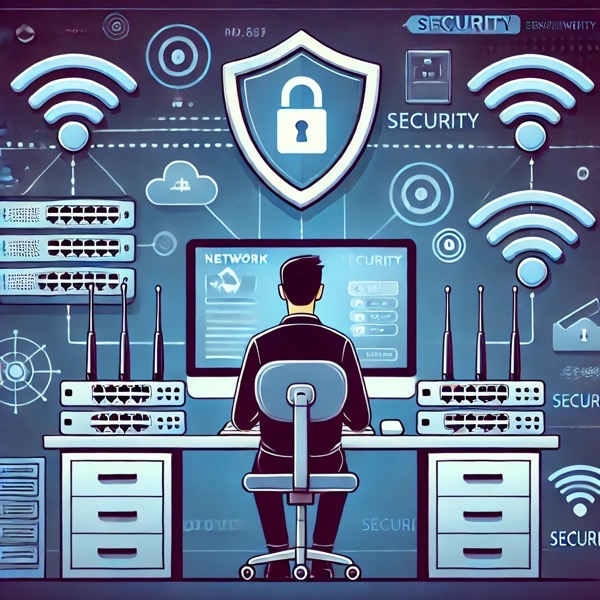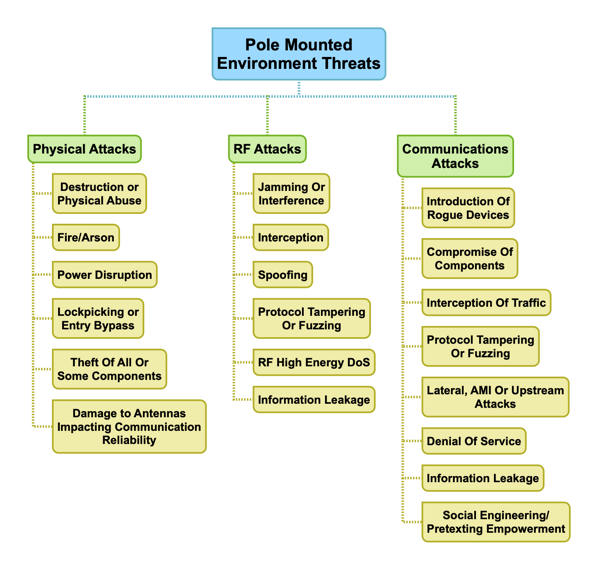The security of an organization’s network infrastructure is paramount.
Routers, switches, and wireless configurations serve as the backbone of enterprise networks, facilitating seamless
communication and data flow. However, if not properly configured and regularly assessed, these critical components
can become vulnerable entry points for cyber threats. Engaging third-party assessors to conduct regular configuration
reviews across global networks is not only a best practice but also aligns with various regulatory requirements.

Regulatory Mandates for Configuration Reviews
Several regulatory frameworks emphasize the importance of regular network configuration assessments:
- National Institute of Standards and Technology (NIST): The NIST Cybersecurity Framework highlights the necessity of maintaining secure configurations for network devices such as firewalls, routers, and switches. It advocates for regular assessments to ensure configurations align with security policies and standards.
- Payment Card Industry Data Security Standard (PCI DSS): PCI DSS Requirement 2 mandates that organizations “do not use vendor-supplied defaults for system passwords and other security parameters.” This underscores the need for secure configurations and regular reviews to prevent unauthorized access.
- Center for Internet Security Critical Security Controls (CIS CSC) Version 8: Control 11 emphasizes the importance of “secure configuration for network devices,” recommending regular audits and the use of configuration management tools to maintain security standards.
- Service Organization Control 2 (SOC 2): SOC 2’s Trust Services Criteria require organizations to implement controls to prevent unauthorized access, which includes maintaining and reviewing secure configurations of network devices.
- Health Insurance Portability and Accountability Act (HIPAA): HIPAA’s Security Rule mandates that covered entities implement security measures to guard against unauthorized access to electronic protected health information, which includes ensuring secure configurations of network devices.
- Federal Financial Institutions Examination Council (FFIEC): The FFIEC IT Examination Handbook advises financial institutions to conduct regular security assessments, including reviews of network device configurations, to identify and mitigate vulnerabilities.
Benefits of Third-Party Configuration Reviews
Engaging third-party assessors for network configuration reviews offers several advantages:
- Unbiased Evaluation: External assessors provide an impartial perspective, identifying vulnerabilities and misconfigurations that internal teams might overlook due to familiarity or cognitive biases.
- Expertise and Experience: Third-party professionals often possess specialized knowledge and experience across various industries and technologies, enabling them to apply best practices and identify emerging threats.
- Regulatory Compliance: Regular third-party assessments demonstrate due diligence and proactive risk management, which are critical components of regulatory compliance.
How MicroSolved and MachineTruth Global Configuration Assessments Can Help
Organizations looking to enhance the security and compliance of their network configurations can leverage the expertise of
MicroSolved and the MachineTruth Global Configuration Assessment service.
- Comprehensive Configuration Analysis: MachineTruth provides deep visibility into router, switch, and wireless configurations across global networks, identifying misconfigurations, vulnerabilities, and deviations from industry best practices.
- Automated and Manual Review: The service combines advanced automation with expert human analysis to ensure configurations align with regulatory requirements and security standards.
- Customized Reporting: Organizations receive detailed reports outlining security gaps, compliance risks, and actionable remediation steps to enhance network resilience.
- Continuous Monitoring and Assessments: MachineTruth enables organizations to move beyond point-in-time reviews by establishing continuous assessment cycles, ensuring that networks remain secure over time.
- Global Coverage: Designed for enterprises with complex, distributed networks, the solution scales to assess configurations across multiple locations, helping organizations maintain security and compliance on a global scale.
By partnering with MicroSolved and leveraging MachineTruth, organizations can proactively secure their network infrastructure,
maintain compliance, and reduce the risk of misconfigurations leading to breaches. Regular third-party configuration assessments
are not just a regulatory requirement—they are a critical component of modern cybersecurity strategy.
* AI tools were used as a research assistant for this content.


